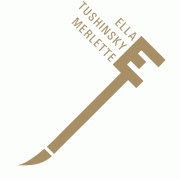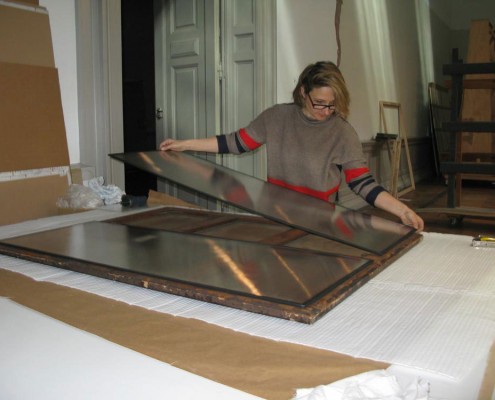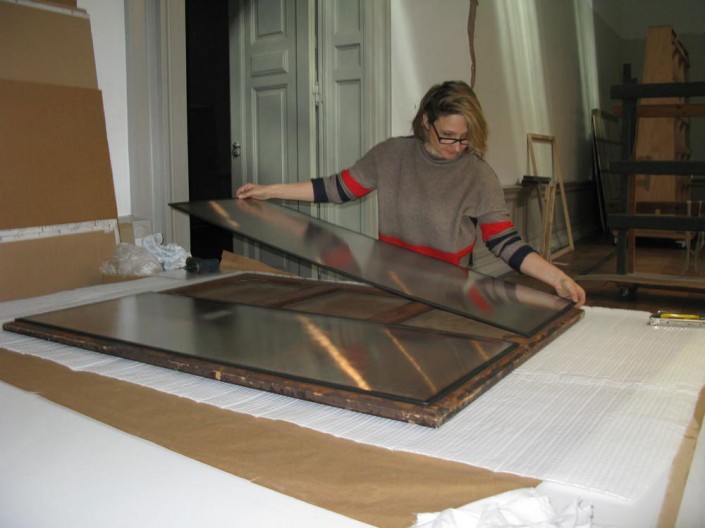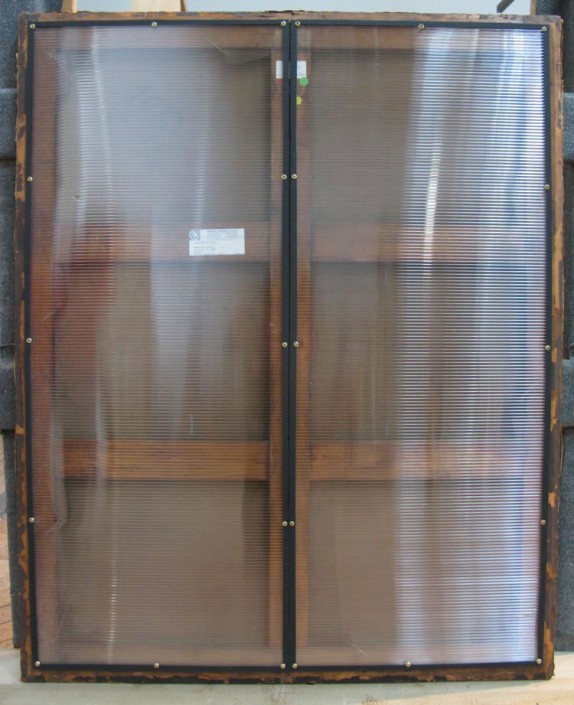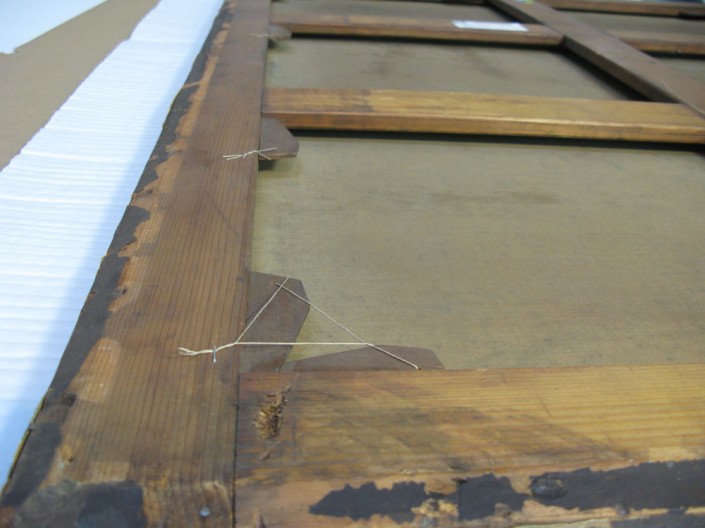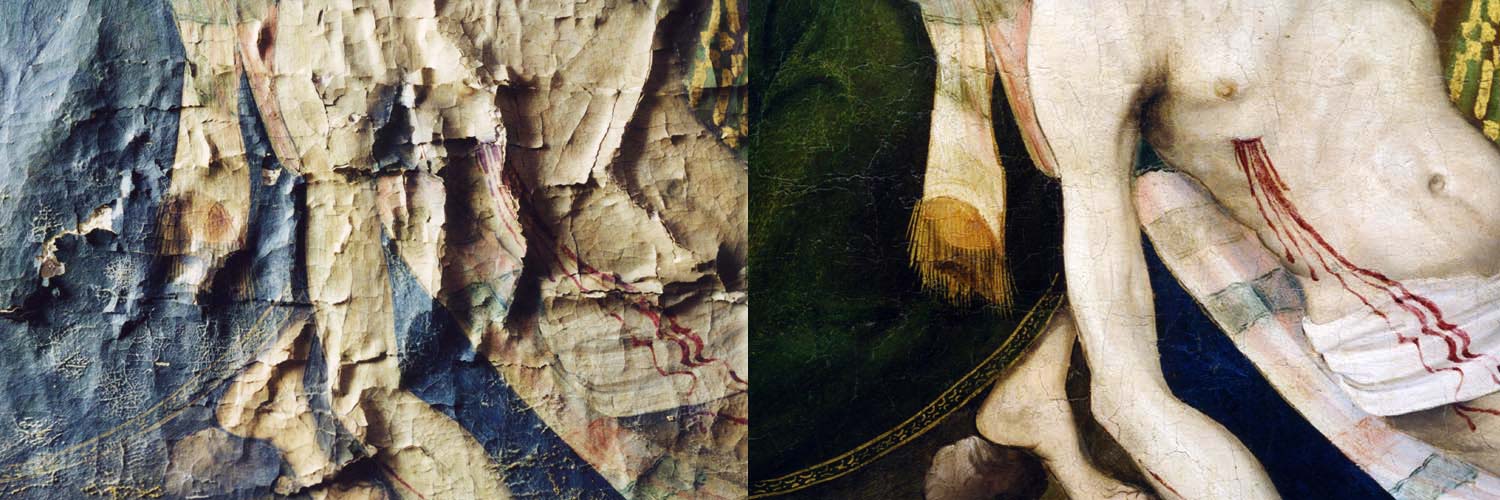
Committed to conserving and restoring painted artifacts
Your paintings or polychromies (painted objects) have been damaged. Ella Tushinsky Restoration & Conservation guarantees the longevity of your artworks by providing remedial restoration treatments. We intervene on works from all eras (Early Periods, Modern and Contemporary Periods) in all media (wood, canvas, copper, paper, parchment…), offering treatments such as lining, consolidation and re-fixing of supports as well as cleaning and/or making the varnish layer thinner. Treatments are executed in our workshop and/or on site.
Restoration and Conservation: intervention and care
Ella Tushinsky Restoration restores paintings of every age, shape and form, painting technique, offering treatments for both the support and the paint layer.
Conservation & Restoration:
THE SUPPORT
Each type of support (wood, canvas, paper, metal, stone…) presents unique problems that demand specific restoration know-how. Ella Tushinsky Studio works in close collaboration with a network of specialized restorers. (Read more →)
Conservation & Restoration:
THE PAINT LAYER
The paint layer, or the visible surface of an artwork, can be extremely complex at times, often comprising multiple layers of paint and material. Our studio investigates the stability of the paint layer, documenting losses and, where relevant, previous restorations. (Read more →)
Conservation & Restoration:
THE VARNISH
Varnish is essential to both protecting the paint layer and achieving a particular finish (glossy, semi-gloss, etc.), though some works of art are intentionally left unvarnished. Over time, the varnish deteriorates (darkening, yellowing, cracking) and alters the appearance of the work. Restoration allows us to rediscover the artwork, if not in its original state, as close as possible to it.
The role of remedial conservation
What is remedial conservation? Why does it matter?
REMEDIAL CONSERVATION is the treatment of an artwork to prevent and slow down deterioration.
- removing dirt, dust and debris on the reverse of the canvas
- cleaning the stretchers, taking into account inscriptions, wax seals and other marks
- stabilizing and conserving fragile labels
- checking, replacing and/or securing stretcher wedges
- improving and adjusting canvas tension
- stabilizing fragile or detached tacking edges
- protection of supports (blind backing, loose lining, or protective backing boards)
